Gartner predicts that by 2023, over 50% of midsize to large companies will use a low-code solution as one of their strategic application platforms
More national and local government agencies are using low-code platforms. Low-code solutions improve the agility, quality, and accessibility of services leading to increased productivity. Unlike low-code, traditional software development has longer development cycles and rarely meets changing requirements
Low-code's popularity has peaked, and its technology is growing at a speed that agencies can no longer ignore. Platforms certified under the Federal Risk and Authorization Management Program simplify the Authority to Operate Certification Process for agencies.
Government agency's and private sector organizations' interest is increasing in low-code platforms' potential to save time and cost. For a low-code platform to be an asset, IT leaders need to understand its capabilities, its limitations, and how it benefits employees and citizens.
More than ever, there is growing pressure to create better public services and automated, productive work environments. Some government agencies are responding by using low-code platforms to accelerate innovation and deliver critical services.
Accelerated Growth of Low Code: Rajiv Sodhi, COO of Google India, forecasts that companies will likely build 500 million apps globally over the next five years. With an estimated shortage of 1.4 million developers, it's no wonder why the public sector is turning to low-code.
How Low-Code Helps Agencies Adapt: The U.S. Department of State (DOS) has been using the ServiceNow platform to provide diplomats with crucial services during the pandemic. At the outset of COVID-19, the DOS developed and deployed nearly a dozen mission-critical apps in just a few weeks. These were large applications that monitored every country around the globe and their needs. For example, the application informs travelers if they need to quarantine and for how long. Once the DOS built an application, they made changes when needed.
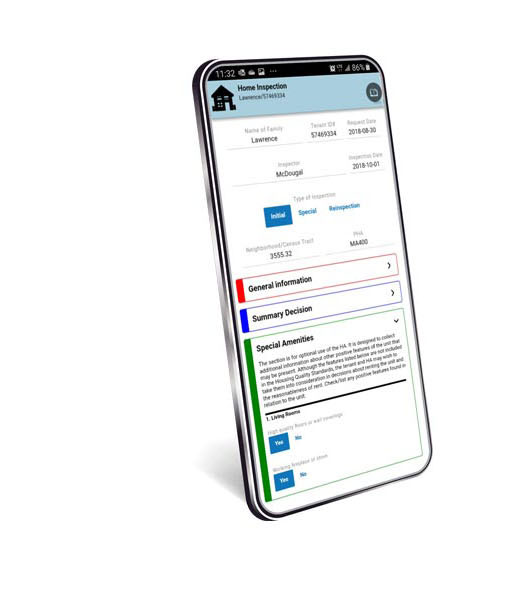

Low-code platforms allow business users and professional developers to quickly build applications via drag-and-drop or point-and-click tools. Many platforms have pre-built components to improve existing applications or to create new ones. Here are some ways low-code solutions can boost productivity:
Rapid Innovation Because low-code platforms abstract most of the hand-coding, this enables rapid innovation of all types of applications. These solutions can improve agency's public services while automating employees’ time-consuming tasks.
Low-code platforms are ideal for situations when time is of the essence. Development cycles are reduced from years to months and sometimes even to weeks. IT leaders can integrate tools like address validation or speech recognition into their solutions.
Easily Updates Existing Software: Many government agencies have limited resources to migrate from legacy systems. The low-code approach is ideal for layering a graphic interface or front-end portal on top of older software. Low-code is easier to learn than legacy software which only a few technically skilled employees know well.
When an administration, a cabinet-level department, or congress changes regulations applications need to reflect those changes. Some agencies have style guides specifying what fonts, colors, and other details they can use on websites and software. Low-code platforms can automate almost all style guide compliance.
Government agencies tend to be more risk-averse than private sector organizations are when it comes to adopting technology. This explains why some agencies are slow to embrace innovations.
Low-code platforms offer a time-saving solution, but speed is no good if users don't adhere to the security protocol. Agencies work with sensitive information, so security awareness is critical.

Most government agencies are security-minded, and many low-code platforms have in-built security components. Users looking to build solutions can quickly learn to create customized solutions securely.
Low-code tools provide a launch pad for innovation. They enable agencies to be flexible and agile enough to meet citizen’s changing needs. Platforms like GovServe allow users to create digital interfaces to help agencies work effectively. By creating web apps, mobile apps or, desktop apps, agencies can reach citizens more efficiently.
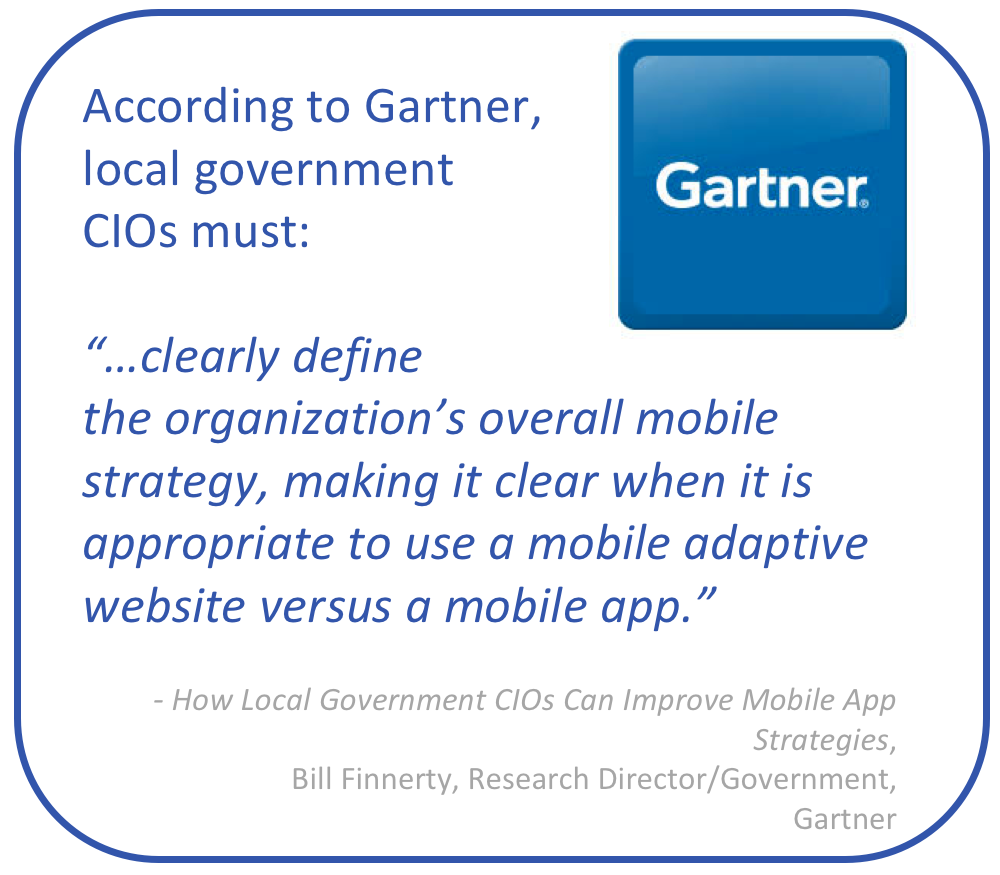
In most states today, municipalities use low-code to streamline established processes to offer more accessible, personalized services. Citizens of all generations and technical abilities need to be able to obtain and pay for services.
Low-code platforms allow local agencies to digitize services that used to be in-person, in-office and involved paperwork. These workflows are no longer feasible while many government offices remain closed and for employees who work at home. Low-code development has helped local governments to operate and improve their citizen service strategy.
Low-code software enables citizen developers to build and deploy ready-to-use mobile applications and forms for nearly every need: Vaccine registration, contact tracing, pet registration, marriage certificate registration, and more. Agencies that use low-code applications enable citizens to benefit from responsive, cost-effective, and streamlined services.
Low-code software development is much faster than traditional development. Like any other technology, to achieve success with low-code needs the right approach. While low-code has empowered users with minimal technical skills can build solutions, professional developers have a crucial role to play. Low-code tools offer development teams the capability to enhance legacy systems and add custom code to customize applications.
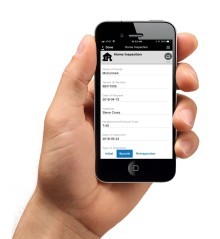
Even local governments can use mobile apps for things like home inspections.
Agencies must ensure that developers thoroughly understand user needs before they begin a low-code project. The advantage of low-code development is that it reduces development cycles, allowing more time for learning user requirements.

Some low-code vendors offer robust platforms for scale but need further investment, which may lead to vendor lock-in. Agencies can avoid this by adopting a solid software architecture, a component-based strategy, and best-in-class web services.
Amazon founder Jeff Bezos says there are one-door decisions that are nearly irreversible and two-door decisions that can be changed.
Selecting a low-code vendor with extensive experience in web services and advanced low-code development ensures two-door flexibility. Agencies need a platform that allows for agile lifecycle development with minimal total rewrites.
A low-code vendor should help agencies understand how a low-code platform can meet their needs. They may also help to implement robust software architecture that will maximize their low-code efforts.
More government agencies are adopting low-code platforms for building applications that enhance their operations. Low-code saves professional developers’ time while also empowering employees to contribute. They are one of the main tools that support an agency's digital transformation. It is helping them to move from time-taking paperwork processes to efficient workflows and more accessible digital services. Here are just a few examples. of government-created applications.
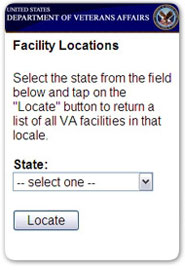
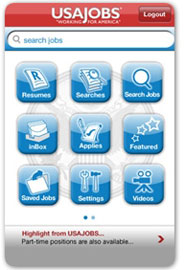
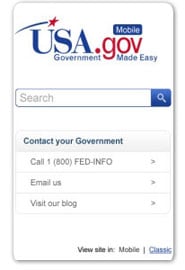
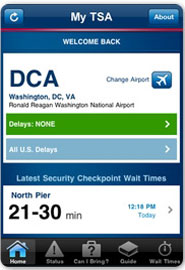
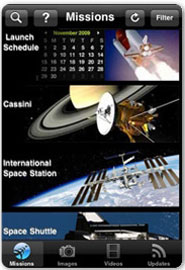
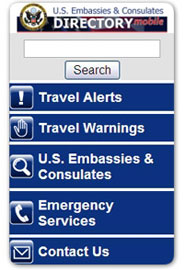
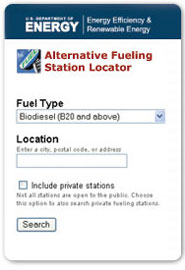
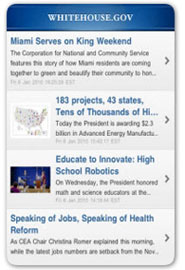
Alpha Anywhere is the best mobile app design tool for the government. It's easy to get started with Alpha Anywhere Community Edition. This FREE development environment allows you to create and test the government apps you need. You only pay once you publish your app. View our tutorial on how to build and design a mobile app for free.
The Alpha platform is the only unified mobile and web app development and deployment environment with distinct “no-code” and “low-code” components. Using the Alpha TransForm no-code product, business users and developers can take full advantage of all the capabilities of the smartphone to turn any form into a mobile app in minutes, and power users can add advanced app functionality with Alpha TransForm's built-in programming language. IT developers can use the Alpha Anywhere low-code environment to develop complex web or mobile business apps from scratch, integrate data with existing systems of record and workflows (including data collected via Alpha TransForm), and add additional security or authentication requirements to protect corporate data.
Alpha Software Corporation, based in Massachusetts, produces award-winning software that speeds mobile and web app development and deployment for business and IT. The core technology includes two components. Alpha Anywhere®, a full-stack low-code app development platform for building and deploying web and mobile apps. In just hours, Alpha TransForm® turns complex paper forms into powerful mobile forms that speed data collection.
Alpha Software is an InfoWorld Technology of the Year award winner, and scores near-perfect reviews from customers on crowdsourced review sites.
Customers rate Alpha Software highly for its speed of development, flexibility, offline apps, rich feature set and ability to scale predictably. For more information, visit https://www.alphasoftware.com/